Building a Strong Precious Metals Investment Portfolio: Tips and Strategies
In my over two decades of navigating the ups and downs of precious metals, I’ve learned that the best metals to invest in aren’t just about chasing the shiniest trend—they’re about crafting a portfolio that weathers storms and grows steadily....
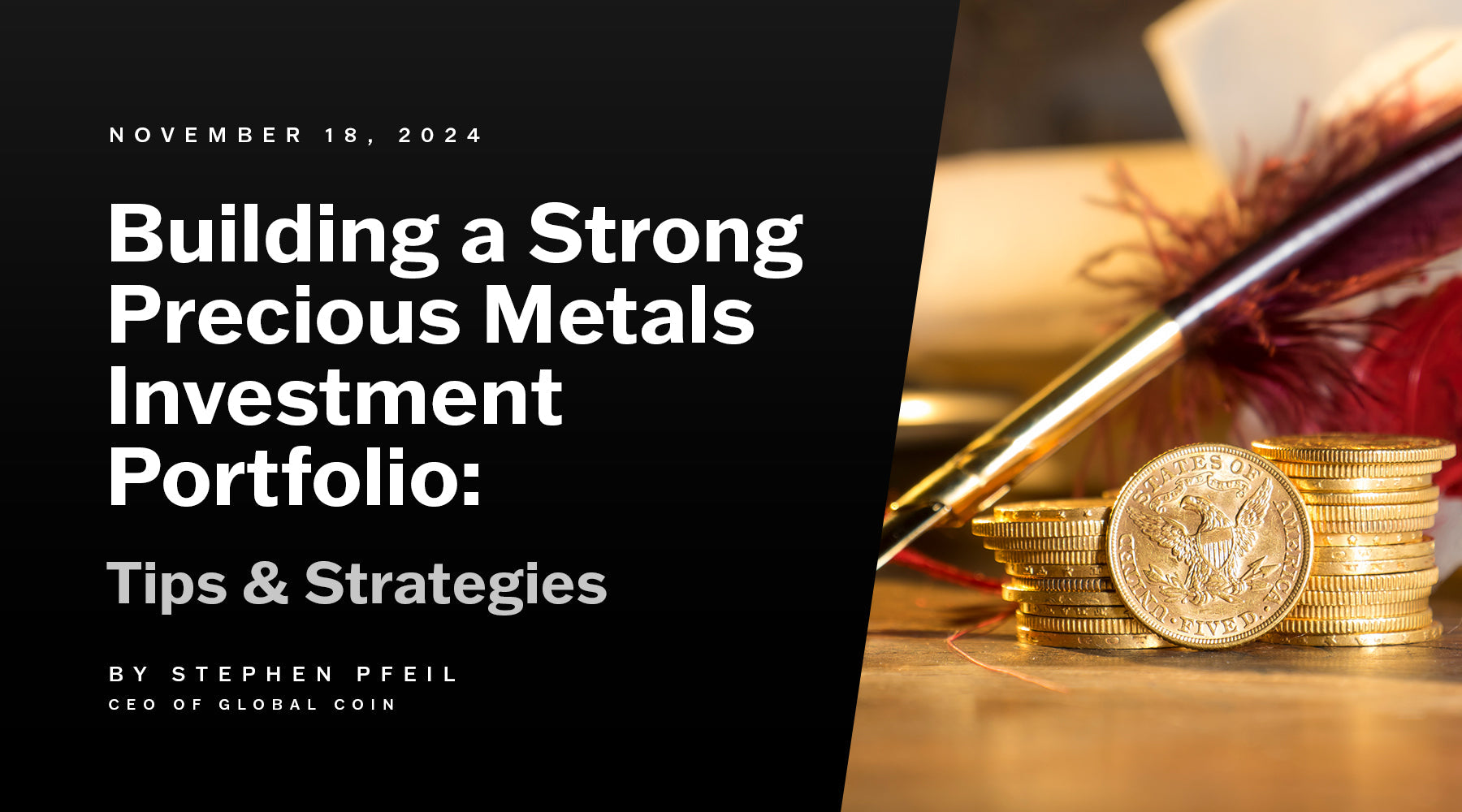
In my over two decades of navigating the ups and downs of precious metals, I’ve learned that the best metals to invest in aren’t just about chasing the shiniest trend—they’re about crafting a portfolio that weathers storms and grows steadily. Gold, silver, platinum, and palladium have been my cornerstones, each currently in high demand, especially during periods of economic uncertainty, and bringing unique strengths to hedge inflation, diversify holdings, and tap into industrial booms. This refreshed guide draws from my latest buys and market watches, sharing strategies to integrate these metals via coins and more. Whether you’re stacking for the long haul or dipping in now, I’ll show you how to build resilience—sourcing from trusted spots like Global Coin for those pristine pieces.
Disclaimer: Global Coin is a dealer of precious metal coins and does not provide investment, financial, or legal advice. Any information provided is for informational purposes only and should not be construed as investment advice, especially in relation to finance. Investors should conduct their own due diligence and consult a qualified financial professional before making any investment decisions. Gold and rare coin investments involve risks, and past performance is not indicative of future results
Key Takeaways

-
In my experience, the best metals to invest in—gold, silver, platinum, and palladium—serve as inflation hedges and diversifiers, shining when stocks stumble.
-
Silver is especially valuable for portfolio diversification, helping balance risk alongside stocks, real estate, and other assets.
-
Coins have been game-changers in my portfolio, blending liquidity with collectible upside for smarter, more flexible holdings.
Understanding Precious Metals Investment
From my early days flipping silver rounds to advising on multimillion portfolios, precious metals like gold, silver, platinum, and palladium stand out for their scarcity, utility, and timeless appeal. Gold and silver top my list for liquidity, but platinum and palladium add that industrial edge. They’re lower-risk anchors in turbulent times, but success hinges on your goals: preservation, diversification, or inflation shield?
I’ve always started clients by mapping motivations—why these metals now?—then weighing risks like volatility against rewards. Grasping each metal’s quirks sets you up for decisions that stick. Before committing capital, it’s crucial to assess your risk tolerance and conduct thorough research to ensure your investment choices align with your comfort level and knowledge. Aligning your choices with a clear investment strategy is essential for long-term success.
Key Reasons to Invest in Precious Metals

I’ve leaned on precious metals as my economic bunker during economic downturns; they surge when uncertainty reigns, from recessions to geopolitics. Gold and silver, especially, become safe havens as demand spikes.
Many investors turn to precious metals as a hedge during periods of economic uncertainties, seeking stability and protection for their portfolios.
Diversification? It’s non-negotiable in my book—these metals zig when stocks zag, with low correlations to bonds or equities. Precious metals often have a negative correlation with traditional assets, helping to reduce overall portfolio volatility. That’s stabilized my portfolio through crashes, making the best metals to invest in a must for any balanced strategy.
Types of Precious Metals for Investment
The best metals to invest in boil down to gold, silver, platinum, and palladium—each with flavors that suit different risks and horizons. Each of these metals offers unique investment opportunities for investors seeking to diversify. I’ve diversified across them to spread bets, and novices should too, starting with gold’s steadiness before venturing into silver’s swings. These metals can be acquired in various forms, such as coins, bars, and ETFs, depending on investor preferences.
Gold
Gold’s my bedrock—the “yellow metal” with unmatched liquidity and market depth. Gold is free from credit risk, making it a reliable store of value even during economic uncertainty. Its minimal industrial tie keeps it insulated from slumps, a trait I’ve banked on for wealth preservation. Per the World Gold Council, it’s a staple in funds for good reason. Investors can also choose to hold gold in physical form, such as coins or bars, for direct ownership.
Silver
Silver is an industrial metal with extensive industrial applications, including its critical use in electric vehicles and solar panels. Silver serves as both an industrial and investment metal, with industrial demand playing a major role in shaping silver prices. Silver’s my dynamic duo pick: store of value plus industrial powerhouse, fueling solar and tech booms. That dual demand amps volatility—more than gold’s calm—but it’s my affordable entry for growth chasers. Storage’s bulkier, sure, but the upside? Worth it. Fluctuations in industrial demand and silver prices can create both challenges and opportunities for investors.
Platinum
Platinum, from the PGM family, rules catalytic converters and emissions tech—rarer than gold historically, though prices dip now. Platinum is heavily used in the automotive industry, especially in catalytic converters, making this sector a key driver of demand. Due to its rarity, platinum often commands a higher price per troy ounce compared to other metals, reflecting its scarcity and strong market demand. Supply risks in South Africa and Russia keep me watchful, as disruptions can make platinum prices highly volatile. Investors also face limited investment options compared to gold and silver, since platinum is available in fewer various forms such as bullion, coins, and ETFs. But automotive and green energy demand? That’s my bullish bet, echoed by the World Platinum Investment Council. Platinum’s unique qualities make it an appealing choice for investors seeking diversification.
Palladium
Palladium’s auto-heavy (80% in converters), layering diversification without stealing gold’s spotlight. As a rare metal with a limited supply, palladium’s scarcity significantly contributes to its value. I’ve added it sparingly for that extra growth kick—industrial ties mean potential pops, but it’s no core holding. Palladium’s extensive industrial applications, including its use in catalytic converters, electronics, batteries, solar panels, and groundwater treatment, drive demand and influence its market value. Understanding the unique advantages of palladium can help investors make informed decisions.
Methods of Investing in Precious Metals

I’ve mixed it up over the years: physical for tangibility, ETFs for ease, mining stocks for leverage. Purchasing precious metals can be done in several ways, each with its own pros and cons. Each has perks—pick based on your hassle tolerance.
No matter your approach, you can start investing by choosing the method that best fits your goals and experience level.
Physical Precious Metals
Bars and coins represent direct ownership of physical metal—rounds for silver flair, bars (1g gold, 1oz silver) for scaling stacks fast. Fees hit 5%, and storage (vaults, boxes) plus insurance add up, but in crises, that direct ownership? Priceless control outside the system.
While physical metal offers security and tangible possession, it does not generate income or provide cash flow like stocks or bonds, since there are no dividends or interest payments.
Exchange Traded Funds (ETFs)
ETFs let me ride metal prices sans storage headaches—easy trades, but watch those management fees nibbling returns. Great for quick exposure without the vault life.
Mining Stocks
From juniors to giants, these amplify metal rallies via fixed costs boosting margins. Risks abound—accidents, politics—but established firms deliver dividends and flow I've cashed in on.
Investing Strategies for Precious Metals
Over the years, I’ve found that a thoughtful approach to investing in precious metals can make all the difference in building a resilient investment portfolio. Precious metals like gold and silver aren’t just about buying and holding—they’re about using smart strategies to tap into their unique investment characteristics and help mitigate risks.
One strategy I often recommend is dollar-cost averaging. By investing a fixed amount in precious metals at regular intervals, you smooth out the impact of price volatility and avoid the stress of trying to time the market. This approach has helped me steadily build positions in gold and silver, regardless of short-term price swings.
Another key tactic is setting clear allocation targets. I typically cap my precious metals exposure at a certain percentage of my overall portfolio—enough to benefit from their risk-mitigating qualities, but not so much that I’m overexposed to metals’ price movements. Regularly rebalancing your holdings ensures you stay aligned with your financial goals, especially as metals prices fluctuate.
I also diversify across different metals and forms—mixing physical gold and silver with select mining stocks or ETFs. This blend lets me capture both the intrinsic value of physical metals and the growth potential of related assets, while spreading out risk.
Finally, I always keep an eye on market trends and economic factors that influence precious metals. Staying informed helps me adjust my strategy as needed, whether that means increasing my allocation during periods of economic uncertainty or trimming back when metals prices surge.
By combining these strategies, investing in precious metals becomes more than just a hedge—it’s a dynamic way to strengthen your investment portfolio and navigate whatever the markets throw your way.
How to Use Precious Metals Coins in Your Portfolio
Coins elevate my metals game—liquid, collectible, and versatile. Coins can be especially attractive for investors seeking a balance of liquidity, collectibility, and growth potential. Here’s my playbook:
-
Start with Gold Coins Gold coins anchor stability; globally traded, they’re my wealth vault. Examples: American Gold Eagles, Canadian Maple Leafs. Best Practice: I’ve parked 50-60% of my metals here for preservation.
-
Diversify with Silver Coins Affordable with growth zip from industry. Examples: Silver Krugerrands, American Silver Eagles. Best Practice: They balance my mix, riding renewable waves.
-
Add Growth Potential with Platinum and Palladium Coins Rarer metals for upside. Examples: Platinum American Eagles, Palladium Maple Leafs. Best Practice: Cap at 5-15% to temper volatility.
-
Prioritize Graded Coins Over Raw Coins Graded slabs (PCGS/NGC) certify authenticity and boost liquidity—I’ve avoided raw regrets. Best Practice: Hunt those for appreciation edge.
Factors Influencing Precious Metals Prices
Several factors influence precious metals prices, including economic changes, interest rates, and investor demand. Changes in interest rates can impact the strength of the US dollar and, consequently, metals prices. Price fluctuations are common in the precious metals market, and investors often compare metals to other assets like stocks and real estate when making decisions.
Economics, rates, and geopolitics steer prices—silver feels industrial pulls hardest. Low rates juice holdings by cutting opportunity costs; central banks and crypto rivals add twists. I’ve timed entries watching these.
Building a Diversified Precious Metals Portfolio

I cap metals at 5-15% of total assets, blending gold/silver cores with platinum/palladium sparks. Mutual funds can also be included alongside metals to further diversify and balance risk. Monitor trends, advisor chats—diversify forms too for volatility-proofing.
Risks and Challenges in Precious Metals Investment
Volatility swings hard, storage costs mount, and cryptos nibble at “store of value” turf. The global economy and industrial uses of metals can significantly impact their investment potential. No yields here—they’re preservers, not earners—so I’ve paired with income plays.
Understanding the origins and roles of the metals mentioned in this guide, including their industrial uses in sectors like electronics, jewelry, and energy, is crucial for managing risk.
Tips for New Precious Metals Investors
Ease in with gold/silver to tame swings; limit allocation. Remember, no dividends—balance with yielders. Source graded from Global Coin for peace.
Outlook for Precious Metals in 2025

As of October 2025, the vibe’s electric: Gold’s up 45% YTD, eyeing $3,675/oz by Q4 and $3,750 soon, fueled by safe-haven flows. Silver’s soared 25-30%, trading near $37.50-$45 with $40 potential, tight supply meeting green demand. Platinum and palladium rally on autos and renewables. Disruptions in major mining regions like South Africa or Russia can reduce supply and lead to higher prices for precious metals. With inflation cooling and macro steady, plus US debt ballooning to $37.43 trillion—adding ~$1 trillion quarterly—these metals look primed for gains.
Summary
The best metals to invest in have fortified my portfolio through savvy picks and diversification. Into 2025's bright horizon, with debt surges and steady demand, they're set to thrive. Follow my tips—start informed, diversify wisely—and build with confidence.
Frequently Asked Questions About Building a Precious Metals Investment Portfolio
Why should I invest in precious metals?
In my view, they hedge uncertainty and inflation, diversifying against volatility—safeguarding assets when it counts.
What are the main types of precious metals for investment?
Gold, silver, platinum, palladium—these pack value and returns I've chased profitably.
How can I invest in precious metals?
Physical buys, ETFs, mining stocks, or platforms—tailor to your style, like my coin stacks.
What are the risks of investing in precious metals?
Volatility, storage costs, crypto competition—I've navigated by capping exposure.
What is the outlook for precious metals in 2025?
Bullish across the board: Gold to $3,675+, silver to $40+, backed by demand and debt dynamics.
Related Articles
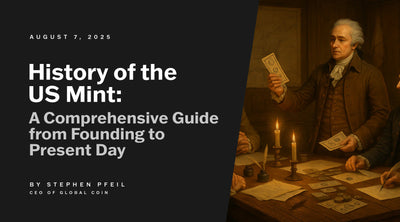
History of US Mint: A Comprehensive Guide from Founding to Present Day
The United States Mint, often simply called the U.S. Mint, stands as a cornerstone of American e...
Discover More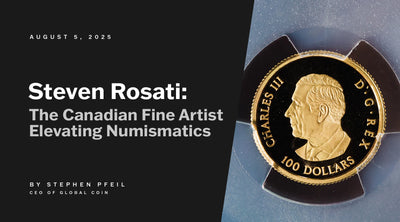
Steven Rosati: The Canadian Fine Artist Elevating Numismatics
As the founder of Global Coin and a numismatist with over 20 years of experience, I’ve handled co...
Discover More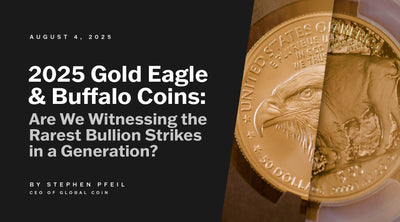
2025 Gold Eagle and Buffalo Coins: Are We Witnessing the Rarest Bullion Strikes in a Generation?
In a world where gold is more than just a commodity—where it’s a legacy asset, a hedge against ...
Discover More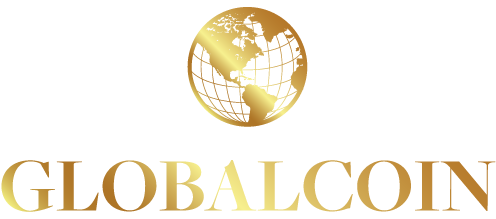

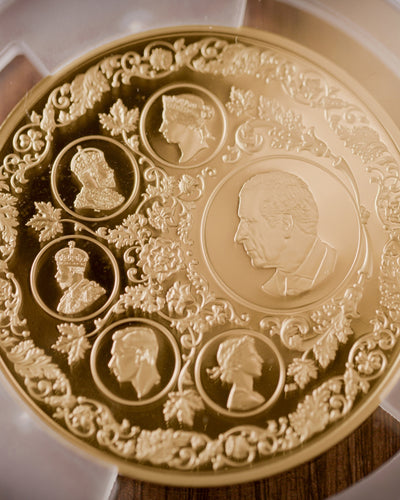
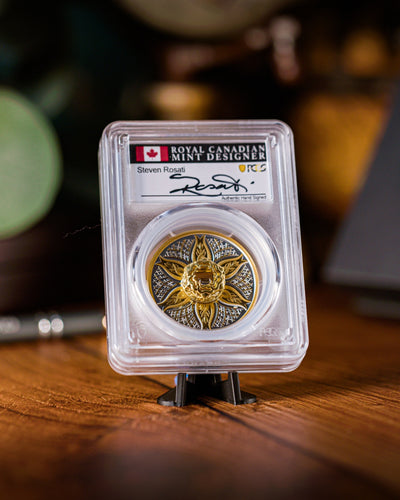
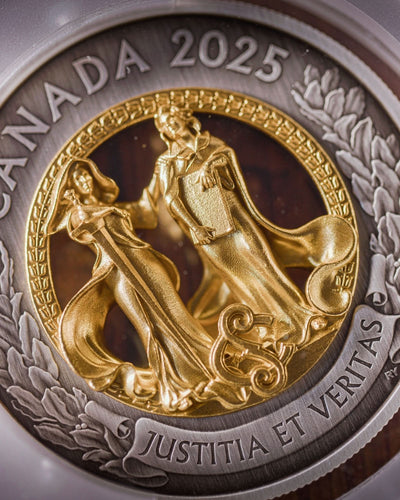
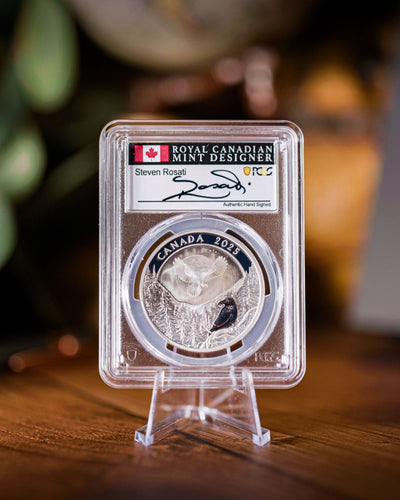
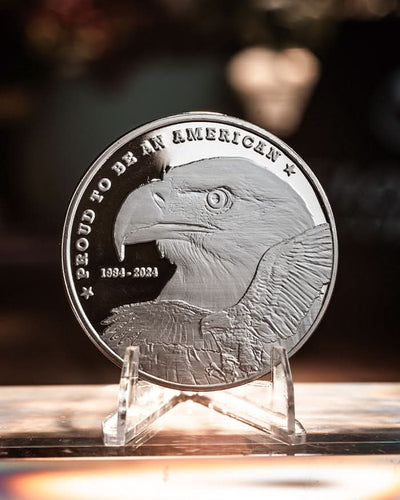
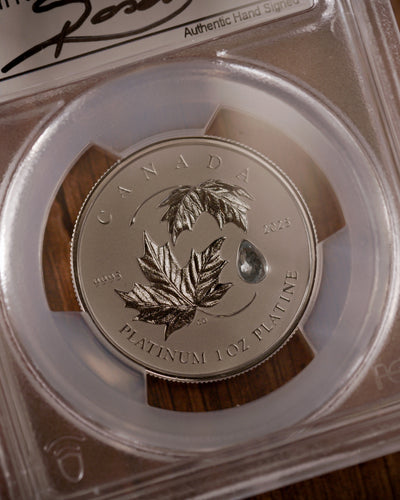
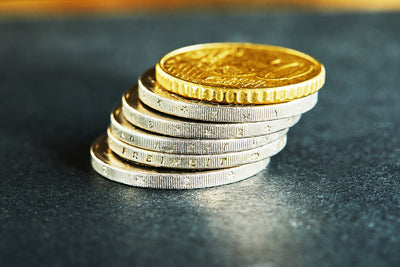
2 comments
This blog truly shines as a guide for building a strong precious metals portfolio! As someone who regularly uses Bullion Mentor to compare metals and explore market trends, I love how you’ve broken down complex strategies into actionable insights. It’s a must-read for anyone serious about safeguarding their wealth—well done!
susan brown
An excellent guide for anyone looking to build a precious metals portfolio! 🌟 I love how clearly it breaks down strategies, risks, and opportunities across gold, silver, platinum, and palladium. Perfect mix of insights for beginners and experienced investors. 📊💰
polly jones
Leave a comment
This site is protected by hCaptcha and the hCaptcha Privacy Policy and Terms of Service apply.